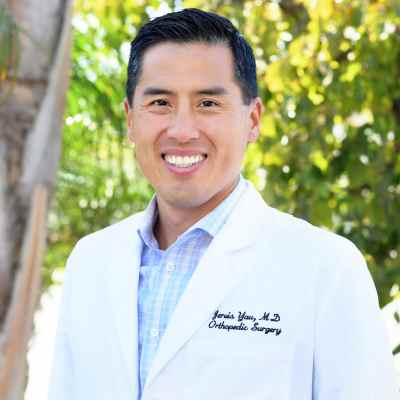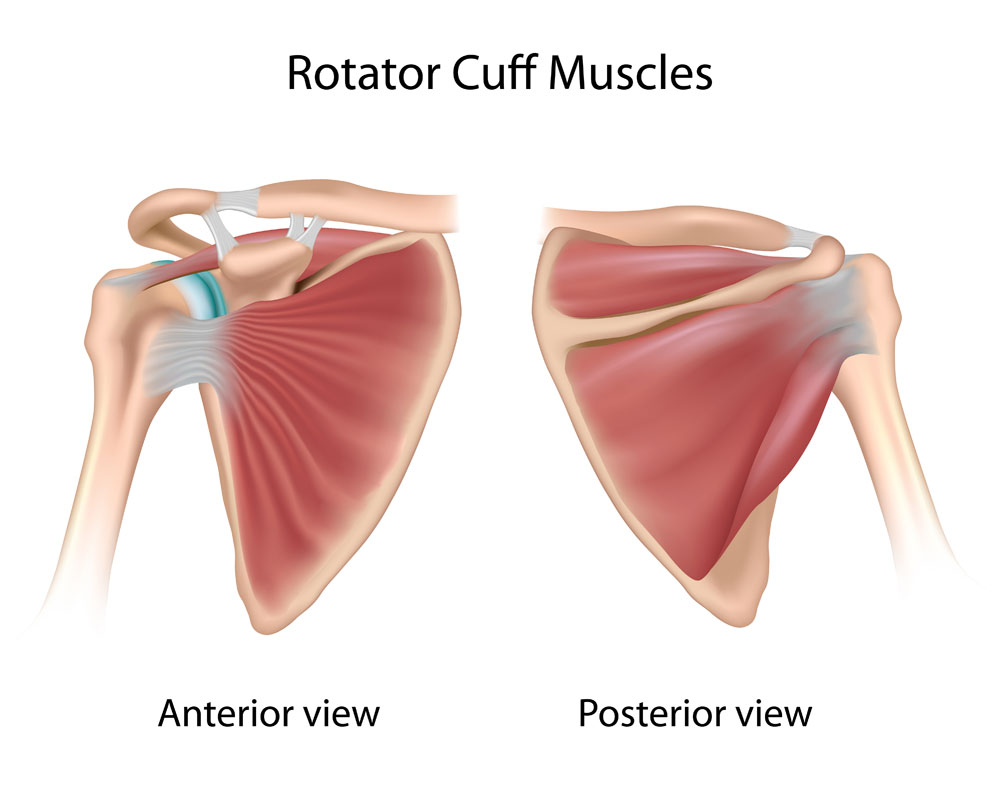REGENETEN◊ Bioinductive Implant Surgeon

Are you an athlete who participates in sports that involve throwing overhead? If so, you may be at risk of developing a rotator cuff injury. For a partially torn rotator cuff, with persistent pain that is not resolving, a new technology known as the REGENETEN◊ Graft is available. REGENETEN Bioinductive Implant Graft surgeon, Doctor Jervis Yau, provides diagnosis and this specialized treatment option for patients in Santa Barbara who have experienced a partially torn rotator cuff injury. Contact Dr. Yau’s team today!
What is the REGENETEN◊ Bioinductive Implant Rotator Cuff Repair System?
When pain persists, Dr. Yau will recommend a new technology by Smith and Nephew, known as the REGENETEN Bioinductive Implant. This system uses a collagen based bioinductive implant or graft material that is the size of a stamp. The implant is comprised of type 1 collagen and is an advanced healing solution for biological enhancement and tendon regeneration across all rotator cuff tear types. This implant has growth factors that help regenerate the healing process. Using arthroscopic surgery, the procedure involves securely placing the implant over the location of the partial rotator cuff injury.
Studies have shown that the REGENETEN Bioinductive Implant helps heal the tendon by inducing growth of new tendon-like tissue. This growth results in thicker rotator cuff tendons and helps replace tissue defects.
What are the Benefits of the REGENETEN◊ Bioinductive Implant Graft?
The REGENETEN Bioinductive Implant for rotator cuff repair can provide a range of benefits, including:
- Faster Recovery
- Potential to prevent or slow down disease progression
- Decreased risk of developing a second degenerative tear
- Repair strength in the induced tissue, not the implant
- Increased and sustained tendon thickness, observed up to 5 years
- The implant is completely absorbed by the body within six months
- Improved recovery with higher patient satisfaction
What is the cost for the REGENETEN◊ Bioinductive Implant?
Significantly less than a complete rotator cuff reconstruction, the cost of the REGENETEN◊ Bioinductive Implant is similar from provider to provider in the Santa Barbara area. The implant costs less for several reasons, one of which is that it can be done arthroscopically, without the need for open surgery and a hospital stay. On average, the cost of the REGENETEN◊ Bioinductive Implant is less than half of the national average for rotator cuff surgery.
REGENETEN◊ Bioinductive Implant Video
Will insurance pay for the REGENETEN◊ Bioinductive Implant in Santa Barbara, CA?
The REGENETEN◊ Bioinductive Implant has been proven to be an effective treatment for rotator cuff tears. Many insurances are now covering the implant, but you will need to check with your insurance to see if prior approval is needed and what their coverage costs are. We can help! Contact our office to see if we have further information on your type of insurance.
Does the REGENETEN◊ Bioinductive Implant Work?
The REGENETEN◊ Bioinductive Implant is a collagen-based implant that supports the body’s natural healing process. Over 40,000 procedures using the REGENETEN implant have been completed and the implant has shown new tendon-like tissue growth that augments the existing tendon. The new tissue growth has repeatedly proven the effectiveness of the implant for rotator cuff tears ranging from partial-thickness tears to large (3-5 cm) and massive (5 cm and more) thickness tears.
1. Anatomy of the Rotator Cuff
The shoulder is the most mobile joint in the body. The rotator cuff assists with stabilization and movement. The rotator cuff combines four muscles that form over the head of the humerus. These four muscles originate from the scapula, and include:
- Supraspinatus
- Infraspinatus
- Subscapularis
- Teres minor

2. What is a Partial Rotator Cuff Tear?
A rotator cuff tear may result from an acute injury, or may be due to normal age-related wear and tear. A torn partial rotator cuff is defined as a tear that does not go all the way through the tendon. In these cases, damage can occur to the supraspinatus, infraspinatus, subscapularis and/or the teres minor.
3. What are the Symptoms of a Partial Rotator Cuff Tear?
When a partial rotator cuff tear is present, pain can be present in the front of the shoulder that radiates down the side of the affected arm. Pain may become more intense with overhead activities such as lifting or reaching. Pain can be present when sleeping on the injured side. Weakness may also be present with routine activities such as washing hair or reaching overhead.
4. How is a Partial Rotator Cuff Injury Diagnosed?
When diagnosing a partial rotator cuff tear, Dr. Yau will obtain thorough history and perform a physical exam to test for weakness, loss of motion, and pain. He may also recommend diagnostic imaging such as magnetic resonance imaging (MRI) to visualize the severity of the injury.
5. How is a Partial Rotator Cuff Tear Treated?
Treatment for a partial rotator cuff tear typically begins with non-surgical treatment. The goal of non-surgical treatment is to reduce inflammation and pain while strengthening the uninjured muscles around the shoulder to offset the torn muscle or tendon. For non-surgical treatment options, Dr. Yau will prescribe a combination of rest, activity modification, ice/heat, anti-inflammatory medications (NSAIDs) and physical therapy.
For additional resources on a partial rotator cuff tear, and on the REGENETEN Bioinductive Implant for rotator cuff repair, please contact Dr. Jervis Yau, orthopedic shoulder specialist in the Santa Barbara, Goleta, Santa Maria and Ventura, California communities.